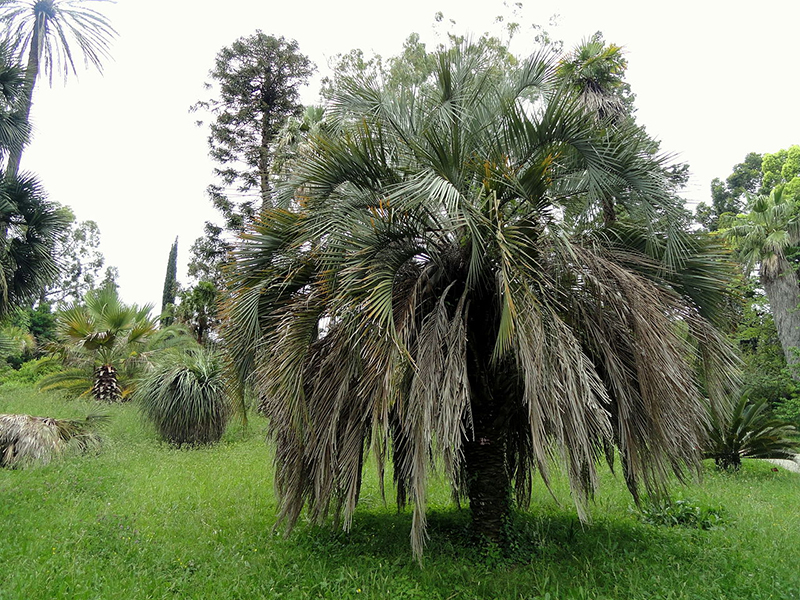How Do Desert Plants Survive Dry Conditions?
Plants native to drier areas have adapted in amazing ways to the arid conditions. If you have every wondered how desert plants thrive, we’re about to share with you three amazing adaptations that result in beautiful trees, shrubs, and grasses that require very little water.
Superior Water Collection
Desert plants have uniquely adapted to gathering the small amount of rainwater they come in contact with. First of all, a shallow root system allows the plant to gather as much water as possible. Secondly, many desert plants have leaves arranged in a pattern that catches water. This allows the plant to continue absorbing water through its leaves after the rainfall has ended.
There are also a few species of desert plants that have incredibly long root systems that dig up to 80 feet into the ground to search out a water source.
Designed for Water Storage
Desert plants are also masters of holding onto the water they are able to absorb. A coating on the surface of some plants such as types of cactus is wax-like and traps in moisture. If you squeeze the leaf of a succulent such as an aloe vera, you will notice the squishy texture of the leaf due to all of the moisture being stored inside. Some amazing desert plants can survive for a year or more simply by absorbing water from one rainfall and holding onto it.
Water Conservation Methods
Some desert plants go through a life-cycle that conserves water. At some points, the plant is dormant and uses minimal stored water supplies while at other times of the year the plant flowers and uses more of its water supply.
Desert plants are beautifully adapted to dry climates. They are the perfect addition to a commercial or residential landscape, especially in areas with watering restrictions.



